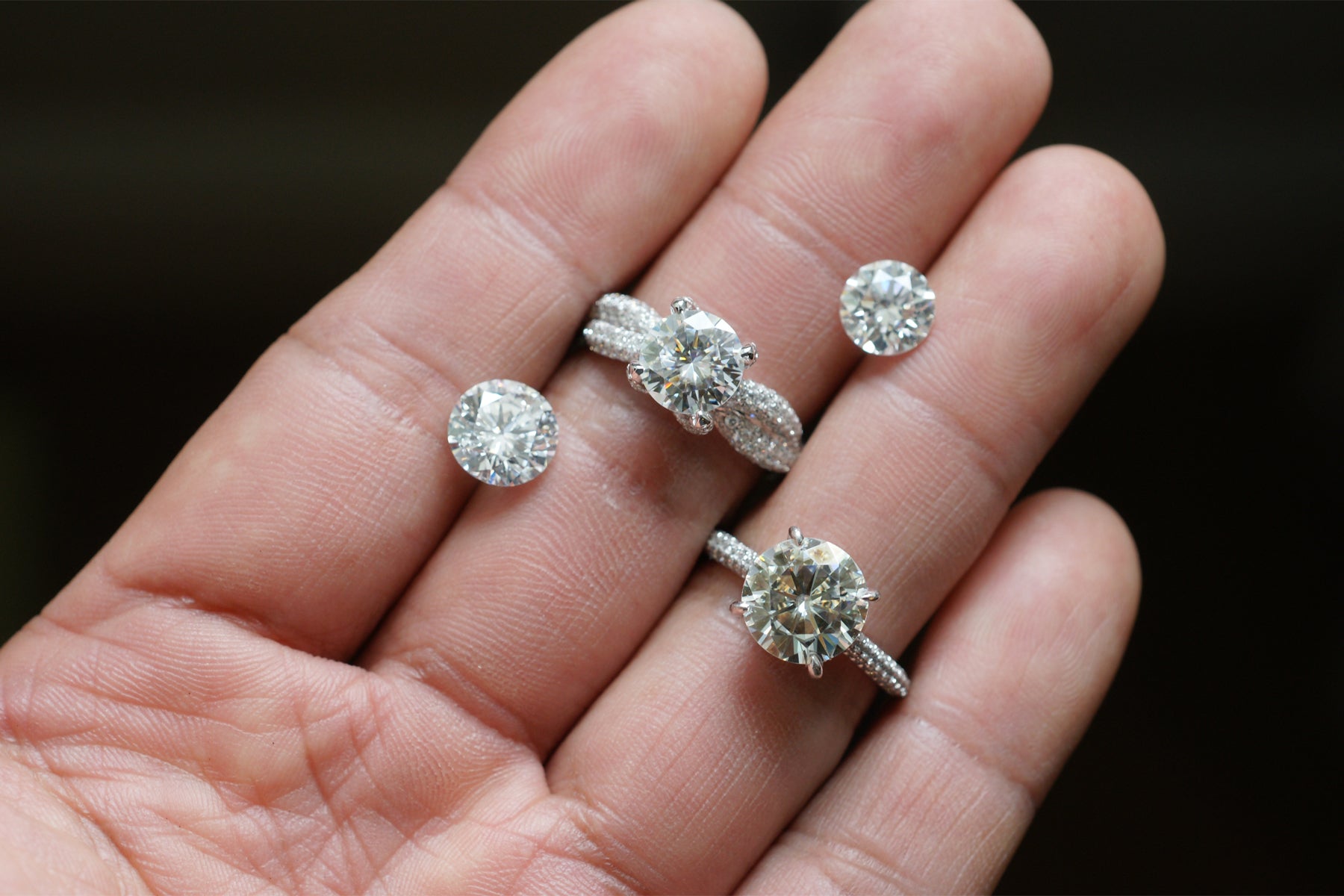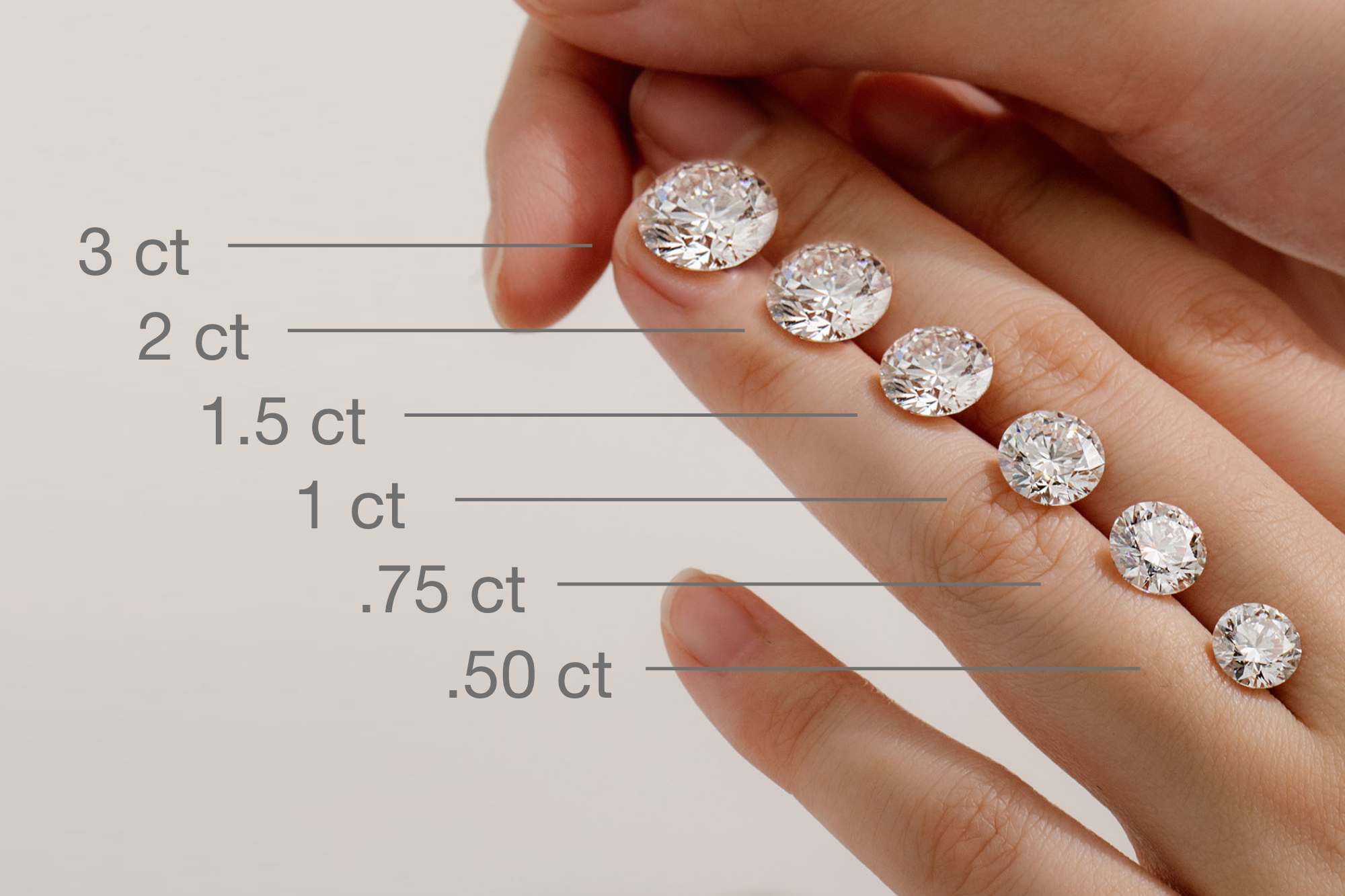Budget Lab Grown Diamonds: Affordable Luxury Without Compromise
Introduction
For many people, diamonds have always been a symbol of luxury, prestige, and everlasting beauty. But, let’s be honest—diamonds can be expensive. Whether you’re buying an engagement ring or treating yourself to a stunning piece of jewelry, the price tag often leaves a dent in your wallet. Enter lab-grown diamonds.
These diamonds are revolutionizing the market by offering an affordable, sustainable, and ethical alternative to natural diamonds. If you’re on the hunt for a budget lab grown diamonds, this article will guide you through everything you need to know about lab-grown diamonds and how to find the best deal without compromising on quality or beauty.
What Are Lab-Grown Diamonds?
First, let’s clear up what lab-grown diamonds actually are. Despite what some might think, lab-grown diamonds are real diamonds. They’re made using advanced technology that mimics the natural process by which diamonds form under extreme pressure and temperature deep in the Earth. The result is a diamond with the same chemical composition, physical properties, and optical characteristics as a mined diamond.
The Creation Process
There are two main methods for creating lab-grown diamonds: the High Pressure High Temperature (HPHT) method and the Chemical Vapor Deposition (CVD) method.
- HPHT: This process replicates the intense heat and pressure found deep within the Earth, turning carbon into a diamond. It’s been around since the 1950s and is still widely used today.
- CVD: In this process, a carbon-rich gas is heated in a vacuum chamber, and carbon atoms are deposited onto a substrate, forming a diamond. The CVD method allows for more controlled growth, which can result in fewer inclusions and more consistent diamonds.
How Lab-Grown Diamonds Differ from Natural Diamonds
So, what’s the real difference between a lab-grown diamond and a natural diamond? The truth is, there isn’t much of one when it comes to the actual diamond. The key differences lie in their origin (one is grown in a lab, the other deep in the Earth) and their price.
Lab-grown diamonds are typically less expensive than mined diamonds because they’re easier and faster to produce. As a result, you can buy a larger or higher-quality diamond for the same price as a smaller, lower-grade natural diamond.
Why Choose Budget Lab-Grown Diamonds?
If you’re on a budget but still want to enjoy the luxury of a diamond, lab-grown diamonds are the perfect solution. Here are a few reasons why they’re an excellent choice for the budget-conscious buyer.
Cost-Effectiveness
One of the most significant advantages of lab-grown diamonds is their price. On average, lab-grown diamonds are 30-40% less expensive than their mined counterparts. The main reason for this is that lab-grown diamonds are produced in controlled environments, where the production process is more efficient and doesn’t require the high costs associated with mining.
Ethical Considerations
In addition to being more affordable, lab-grown diamonds are a more ethical choice compared to mined diamonds. The diamond mining industry has long been associated with environmental damage, human rights abuses, and conflict funding. Lab-grown diamonds, on the other hand, are produced with minimal environmental impact and are guaranteed to be conflict-free.
Factors that Affect the Price of Lab-Grown Diamonds
Just because you’re looking for a budget-friendly option doesn’t mean you have to settle for a lower-quality diamond. Several factors determine the price of lab-grown diamonds, and understanding these can help you make a smart decision when buying one.
Carat Weight, Cut, Color, and Clarity
Just like mined diamonds, lab-grown diamonds are graded based on the “4 Cs”: Carat weight, Cut, Color, and Clarity. These factors heavily influence the price of a diamond.
- Carat weight: Larger diamonds are more expensive, so if you’re looking for a budget diamond, opting for a smaller carat weight can help reduce the price.
- Cut: The quality of the cut affects the diamond’s brilliance and sparkle. A well-cut diamond is typically more expensive, but you can find beautiful cuts on a budget if you shop carefully.
- Color: Diamonds are graded on a scale from D (colorless) to Z (light yellow or brown). If you’re looking to save money, opting for diamonds that are slightly lower on the color scale can offer better value for money.
- Clarity: Clarity refers to the number of inclusions or blemishes in a diamond. While flawless diamonds are rare and expensive, diamonds with minor inclusions can still look stunning to the naked eye and cost significantly less.
Manufacturing Method
The manufacturing method also plays a role in the price of lab-grown diamonds. Generally, diamonds created using the HPHT method are slightly cheaper than those grown using CVD, as the process is less controlled and often results in diamonds with more inclusions.
How to Find the Best Budget Lab-Grown Diamonds
Now that you understand the factors affecting the price of lab made diamonds, let’s talk about how to find the best deals.
Shop Online for Better Deals
Online jewelers typically offer lower prices than brick-and-mortar stores. They have lower overhead costs, and because of this, they can pass on the savings to you. Plus, many online retailers offer customization options, so you can design a diamond ring that suits your taste and budget.
Look for Discounts and Promotions
Keep an eye out for seasonal sales, holiday promotions, and exclusive discounts offered by online jewelers. You might be able to snag a great deal during Black Friday, Cyber Monday, or end-of-season sales.
Buy Smaller Carat Sizes or Lower Grades
Another way to get a budget-friendly lab-grown diamond is to opt for a smaller carat size or a lower-grade diamond. While a one-carat diamond may be the norm for engagement rings, you can still get a gorgeous diamond at a smaller size, and it will look just as beautiful.
Where to Buy Budget Lab-Grown Diamonds
There are several places where you can find affordable lab-grown diamonds. Here are some top options:
Online Jewelers
Retailers like James Allen, Brilliant Earth, and Clean Origin specialize in lab-grown diamonds. They offer a vast selection of diamonds with detailed filters so you can find the perfect stone within your budget.
Physical Jewelry Stores
Some local jewelry stores now carry lab-grown diamonds. These stores may offer a smaller selection compared to online retailers, but you can still find great deals and see the diamonds in person before making a purchase.
Diamond Wholesale Market
Buying diamonds directly from a wholesaler is another way to save money. Many wholesalers offer diamonds at a fraction of the cost of retail prices, but you’ll need to do your research to ensure you’re buying from a reputable source.
Common Myths About Budget Lab-Grown Diamonds
There are some misconceptions surrounding budget lab-grown diamonds. Let’s bust a few of these myths.
“Budget Diamonds Are Low Quality”
Just because a diamond is affordable doesn’t mean it’s of poor quality. Lab-grown diamonds are graded using the same standards as natural diamonds, so you can find a high-quality diamond within your budget.
“Lab-Grown Diamonds Don’t Hold Value”
While it’s true that lab-grown diamonds don’t hold their value in the same way as mined diamonds, they are still valuable in their own right. Plus, their affordability means you’re not paying a premium for the diamond, so you’re already getting great value for your money.
The Environmental Impact of Lab-Grown Diamonds
Lab-grown diamonds are a much greener option compared to mined diamonds. The diamond mining industry is known for its environmental destruction, including habitat destruction and soil erosion. By choosing a lab-grown diamond, you’re helping to reduce the carbon footprint associated with traditional mining.
Reduced Carbon Footprint
Lab-grown diamonds produce significantly fewer carbon emissions than mined diamonds, making them a more sustainable choice.
Conflict-Free by Nature
Since lab-grown diamonds are created in a controlled environment, they are guaranteed to be conflict-free, unlike some mined diamonds that may come from regions associated with violence and human rights violations.
Lab-Grown Diamonds as an Investment
While lab-grown diamonds may not appreciate in value like natural diamonds, they are still a smart investment for those who value ethical sourcing and affordability.
Resale Value of Lab-Grown Diamonds
Lab-grown diamonds generally have lower resale value than mined diamonds. However, if you’re not buying for investment purposes and are looking for an ethical, affordable diamond, they remain an excellent choice.
The Future of Lab-Grown Diamond Prices
As technology advances and lab-grown diamonds become more popular, the price of lab-grown diamonds is expected to continue to decrease, making them an even more attractive option for those on a budget.
How to Care for Your Budget Lab-Grown Diamond
To make sure your lab-grown diamond stays as beautiful as the day you bought it, here are a few care tips:
Regular Cleaning
Clean your diamond regularly with a gentle jewelry cleaner or a mixture of warm water and mild dish soap. Use a soft brush to remove dirt and debris.
Proper Storage
Store your diamond in a soft pouch or a jewelry box to prevent scratches. Keep it away from harsh chemicals or extreme temperatures to preserve its beauty.
Conclusion
Lab-grown diamonds offer an incredible opportunity to enjoy luxury on a budget without sacrificing quality or ethics. Whether you’re buying an engagement ring, a necklace, or a pair of earrings, lab-grown diamonds give you the chance to invest in a stunning, sustainable piece of jewelry at a fraction of the cost of mined diamonds. So why not embrace the future of diamond shopping? Affordable luxury is now within your reach.





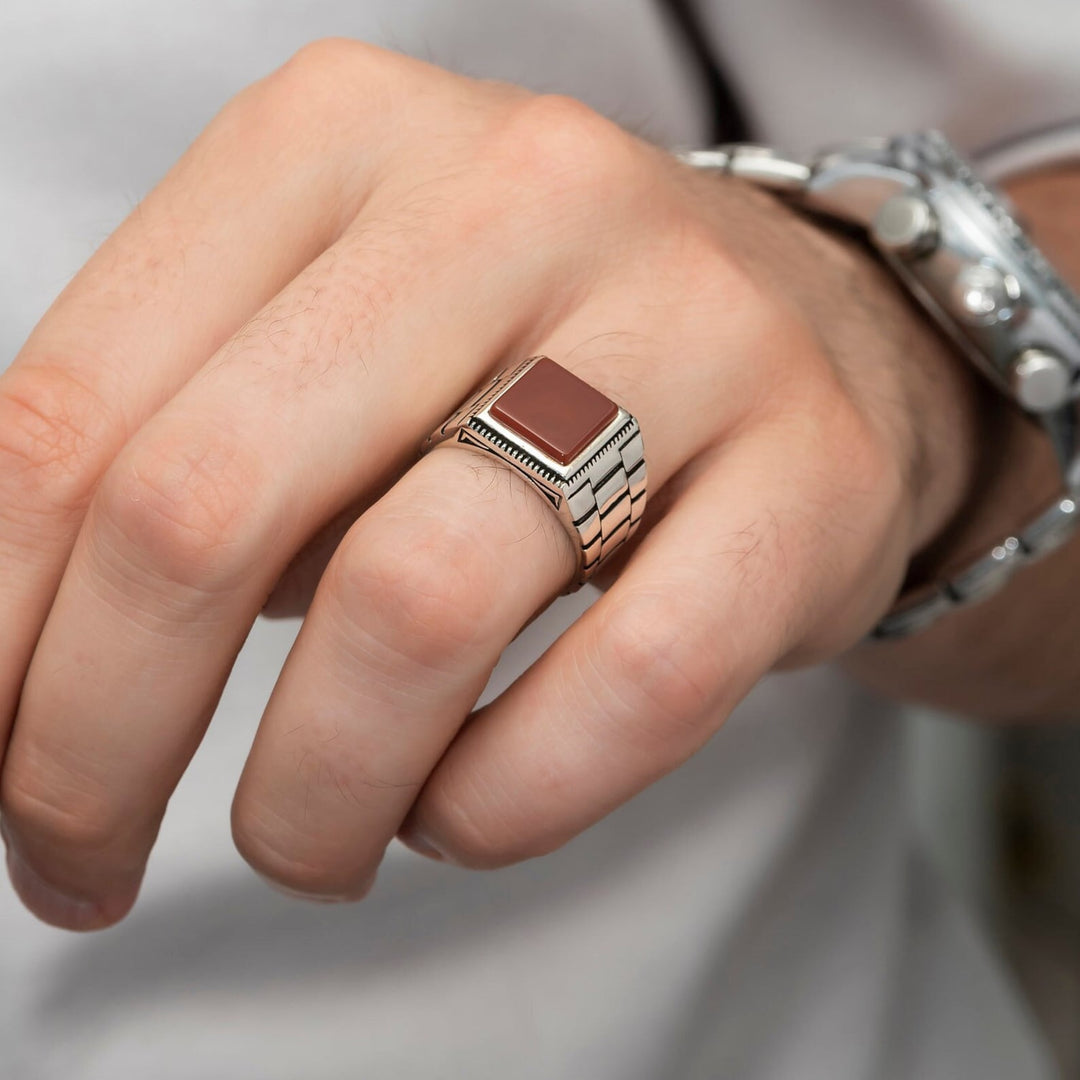
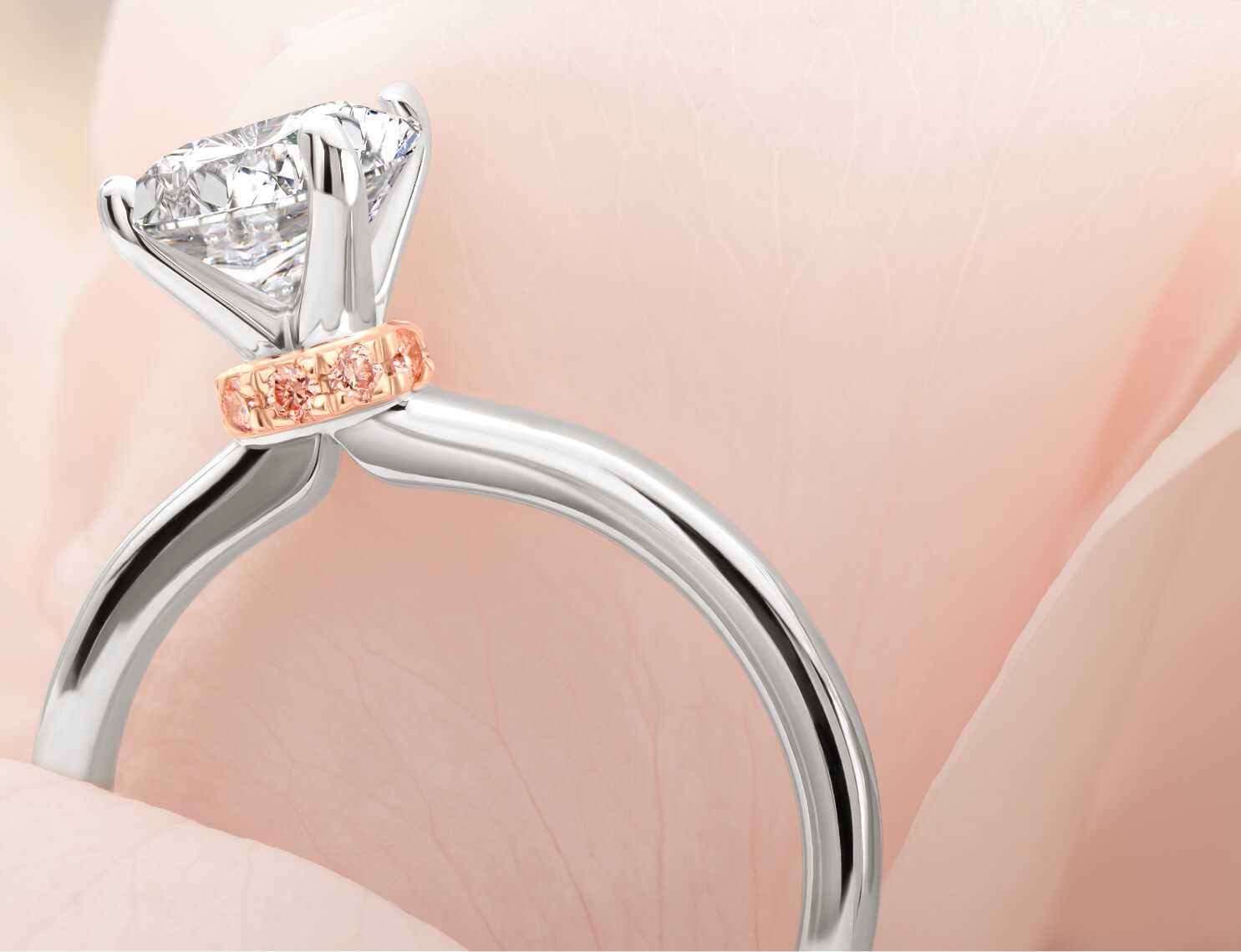
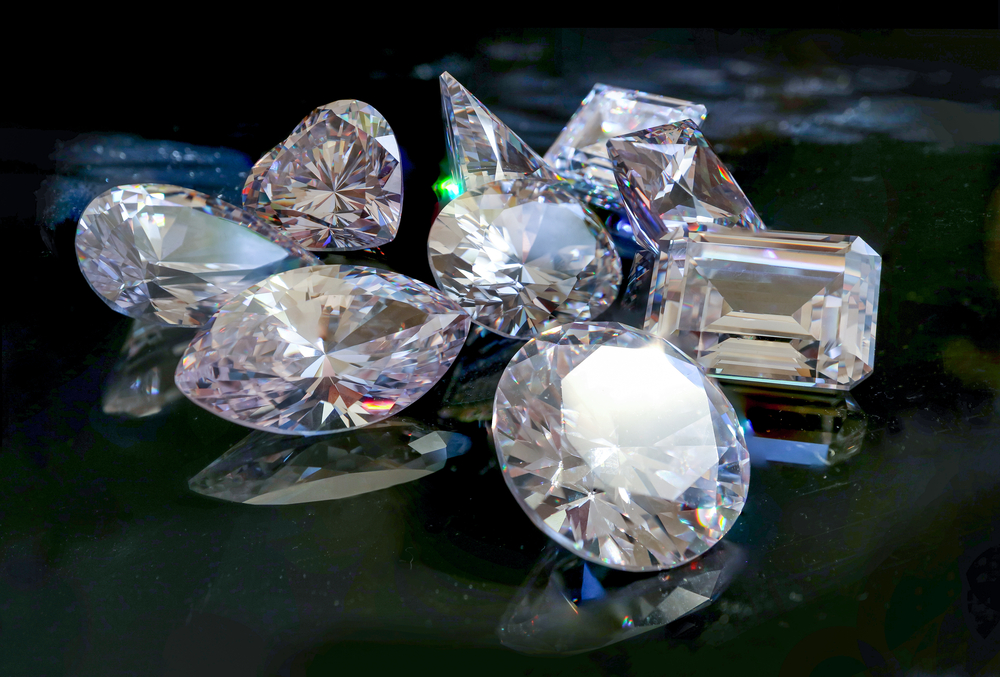

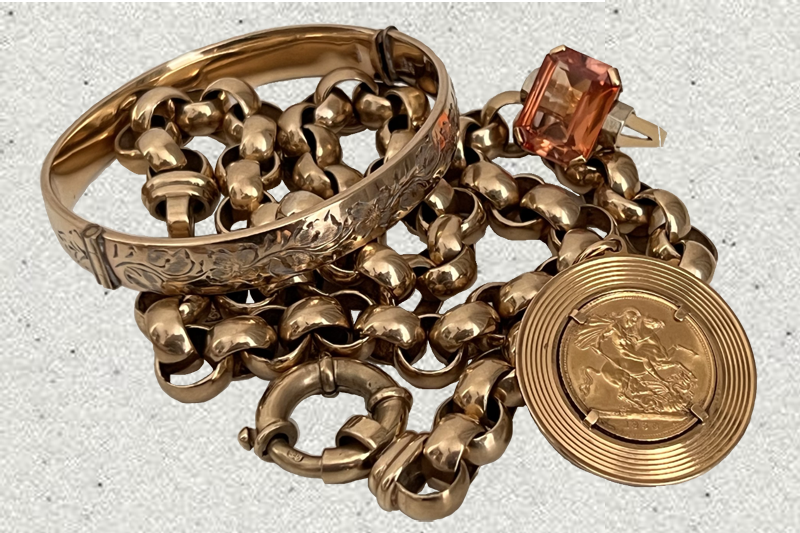
:max_bytes(150000):strip_icc()/labgrownlede-2b7540f7f7404558a08f1a555862f3d3.jpg)


:max_bytes(150000):strip_icc()/lab-grown-diamond-engagement-rings-composite-2-0423-13b76c68392444f382764bee3be76d31.jpg)
